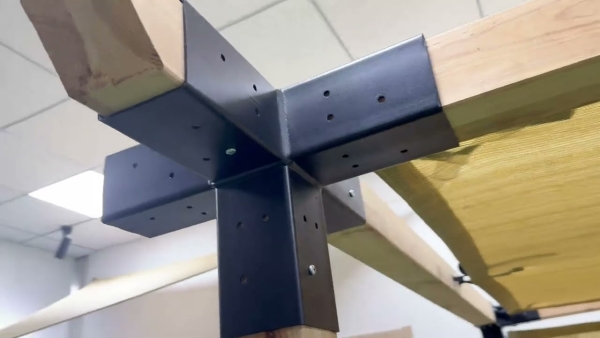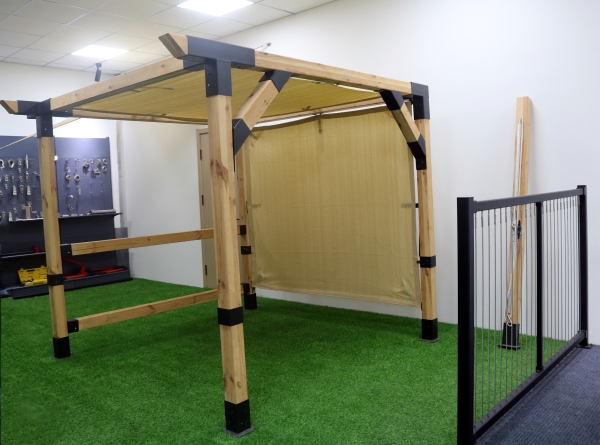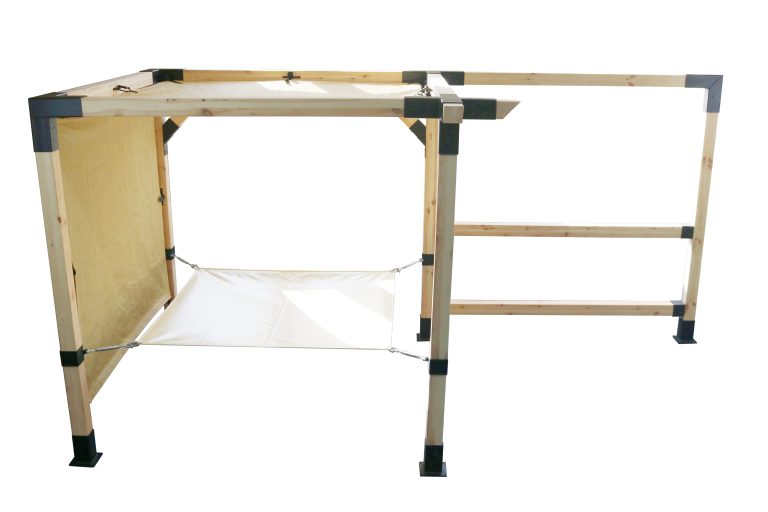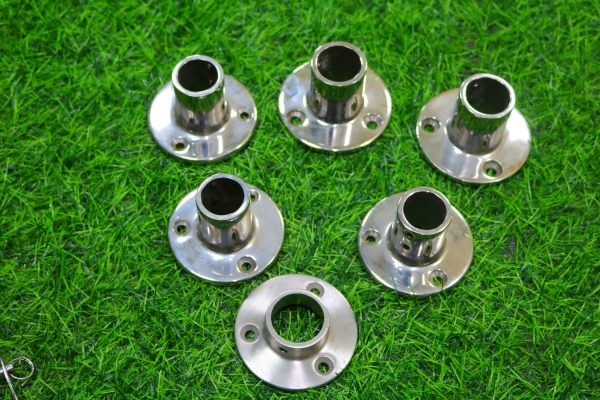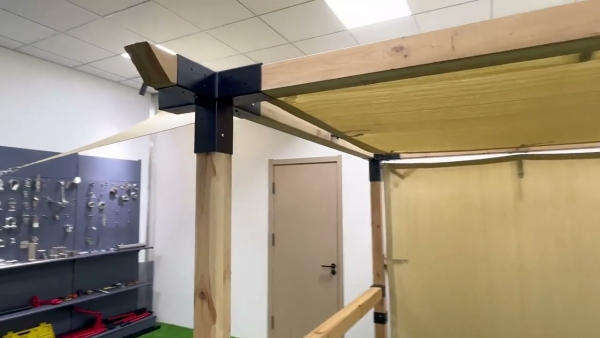Table of Contents
Benefits of Using Stainless Steel Rigging Screws for Marine Applications
Stainless steel rigging screws with jaw and stud are essential components in marine applications due to their durability, strength, and resistance to corrosion. These versatile fasteners are commonly used in rigging systems on boats, yachts, and other marine vessels to secure and adjust tension in cables, wires, and ropes. The unique design of these rigging screws allows for easy installation and adjustment, making them ideal for a wide range of marine applications.
One of the key benefits of using stainless steel rigging screws in marine applications is their superior corrosion resistance. Stainless steel is a highly durable material that is able to withstand harsh marine environments, including exposure to saltwater, moisture, and UV radiation. This makes stainless steel rigging screws an ideal choice for use in rigging systems on boats and yachts, where they are constantly exposed to the elements. The corrosion resistance of stainless steel ensures that these fasteners will remain strong and reliable over time, even in the harshest conditions.
In addition to their corrosion resistance, stainless steel rigging screws are also known for their high strength and durability. These fasteners are able to withstand heavy loads and high levels of tension, making them ideal for use in rigging systems where safety and reliability are paramount. The strength of stainless steel rigging screws ensures that they will not fail under pressure, providing peace of mind to boat owners and operators.
Another benefit of using stainless steel rigging screws in marine applications is their ease of installation and adjustment. The jaw and stud design of these fasteners allows for quick and easy attachment to cables, wires, and ropes, making them ideal for use in rigging systems that require frequent adjustments. The ability to easily adjust tension in rigging systems is essential for maintaining the safety and performance of marine vessels, and stainless steel rigging screws provide a reliable and efficient solution for this purpose.
Furthermore, stainless steel rigging screws are available in a variety of sizes and configurations to suit different marine applications. Whether you need a small rigging screw for a light-duty application or a larger rigging screw for a heavy-duty application, there is a stainless steel fastener available to meet your specific needs. This versatility makes stainless steel rigging screws a popular choice among boat owners and operators who require reliable and durable fasteners for their rigging systems.
In conclusion, stainless steel rigging screws with jaw and stud are essential components in marine applications due to their superior corrosion resistance, high strength, durability, ease of installation and adjustment, and versatility. These fasteners provide a reliable and efficient solution for securing and adjusting tension in rigging systems on boats, yachts, and other marine vessels. By choosing stainless steel rigging screws for your marine applications, you can ensure the safety, performance, and longevity of your rigging systems.
How to Properly Install and Maintain Stainless Steel Rigging Screws for Safety and Longevity
Stainless steel rigging screws with jaw and stud are essential components in various industries, including marine, construction, and agriculture. These versatile fasteners are used to tension cables, wires, and ropes, providing stability and support in a wide range of applications. Proper installation and maintenance of stainless steel rigging screws are crucial to ensure safety and longevity.
When installing stainless steel rigging screws, it is important to follow the manufacturer’s guidelines and recommendations. Before beginning the installation process, carefully inspect the rigging screws for any signs of damage or wear. It is essential to use the correct tools and equipment to ensure a secure and reliable installation.

One of the key steps in installing stainless steel rigging screws is to properly attach the jaw and stud to the cable or wire. The jaw should be securely fastened to the cable using the appropriate fittings and hardware. The stud should be threaded into the jaw and tightened to the recommended torque specifications.
Once the jaw and stud are properly attached to the cable, the rigging screw can be tensioned to the desired level. It is important to use a tension gauge to ensure that the rigging screw is tightened to the correct tension. Over-tightening the rigging screw can lead to damage and failure, while under-tightening can compromise the stability and safety of the installation.
After the rigging screw is properly tensioned, it is important to secure the locking nuts to prevent loosening. The locking nuts should be tightened to the recommended torque specifications to ensure a secure and reliable connection. Regularly inspecting the rigging screws for any signs of wear or damage is essential to prevent accidents and ensure the longevity of the installation.
Proper maintenance of stainless steel rigging screws is essential to ensure their longevity and performance. Regularly inspecting the rigging screws for any signs of wear, corrosion, or damage is crucial to prevent accidents and ensure the safety of the installation. It is important to clean the rigging screws regularly to remove any dirt, debris, or contaminants that can cause corrosion or damage.
In addition to regular inspections and cleaning, it is important to lubricate the rigging screws to prevent corrosion and ensure smooth operation. Using a high-quality lubricant specifically designed for stainless steel fasteners can help prolong the life of the rigging screws and prevent premature failure.
In conclusion, stainless steel rigging screws with jaw and stud are essential components in various industries, providing stability and support in a wide range of applications. Proper installation and maintenance of these fasteners are crucial to ensure safety and longevity. By following the manufacturer’s guidelines, using the correct tools and equipment, and regularly inspecting and maintaining the rigging screws, you can ensure a secure and reliable installation that will last for years to come.

